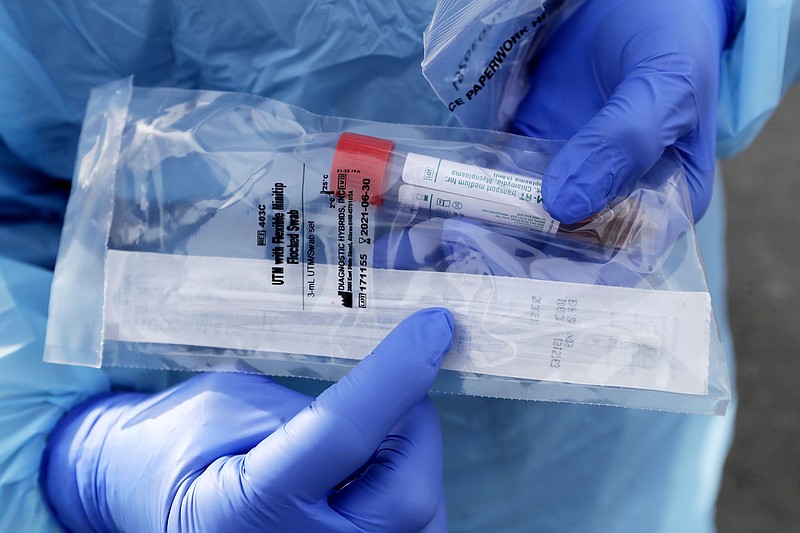.
Some confusion exists about what a person's symptoms may mean, with a number of things affecting respiratory systems right now.
Four things primarily cause respiratory symptoms - colds, seasonal flu, the beginning of allergy season and the novel coronavirus (COVID-19), according to Dr. Randall Williams, director of the Missouri Department of Health and Senior Services.
It's really important to be able to identify symptoms because this time of year there are a lot of people who are dealing with something affecting their respiratory systems, Williams said.
"People have sneezing, coughing and sore throat," he said. "Those people typically have a cold. If they start coughing, they worry about COVID-19. Without a fever, they have very low risk for it being COVID-19."
Another group of symptoms that is distinguishable from COVID-19 is the group of symptoms normally associated with allergies, Williams said.
"That's all upper-respiratory," he said.
People who suffer from allergies usually have sneezing, itchy, red (or watery) eyes, clear nasal discharge or a scratchy nose and throat, according to WebMD.
Then there's seasonal influenza, Williams said.
Some symptoms for seasonal flu can be similar to the symptoms for COVID-19. Flu symptoms include fever, cough, sore throat, runny nose, body aches, headaches and fatigue, according to the Centers for Disease Control and Prevention. Some people may have vomiting.
Symptoms for COVID-19 are usually fever (of about 100.4), shortness of breath and a dry cough.
"COVID-19 is really distinguished by dry cough and a fever," Williams said. "No sneezing. No runny nose. It's more a one- or two-day onset of fever or dry cough."
An employee at DHSS last week developed a cough, he said. It went on for several days. Although the employee had a cough, there was no fever. However, after a couple of days, Williams said, symptoms hit the employee "like a ton of bricks." The employee developed a fever of 101.5. The employee was tested for Influenza A and had it, despite having received a flu shot.
In the next couple of weeks, as spring continues and temperatures climb, there will be fewer and fewer flu sufferers, he said.
"Every day that goes by, you're going to have less cold and less flu," he continued. "We want people who have a fever and cough to self-isolate and get tested."
In the meantime, continue practicing social distancing, he said. It goes a long way toward reducing the spread of infectious diseases such as COVID-19. By minimizing the amount of close contact people have with each other, social distancing reduces the chances of passing a virus from one person to another.
.

